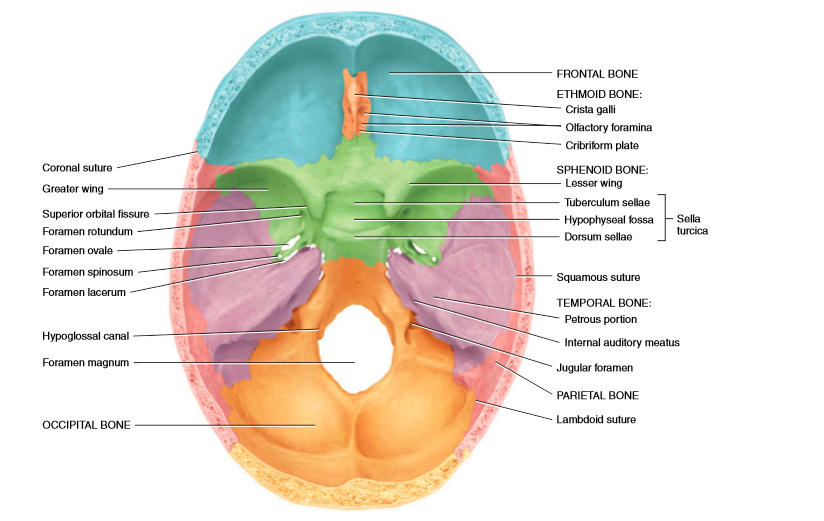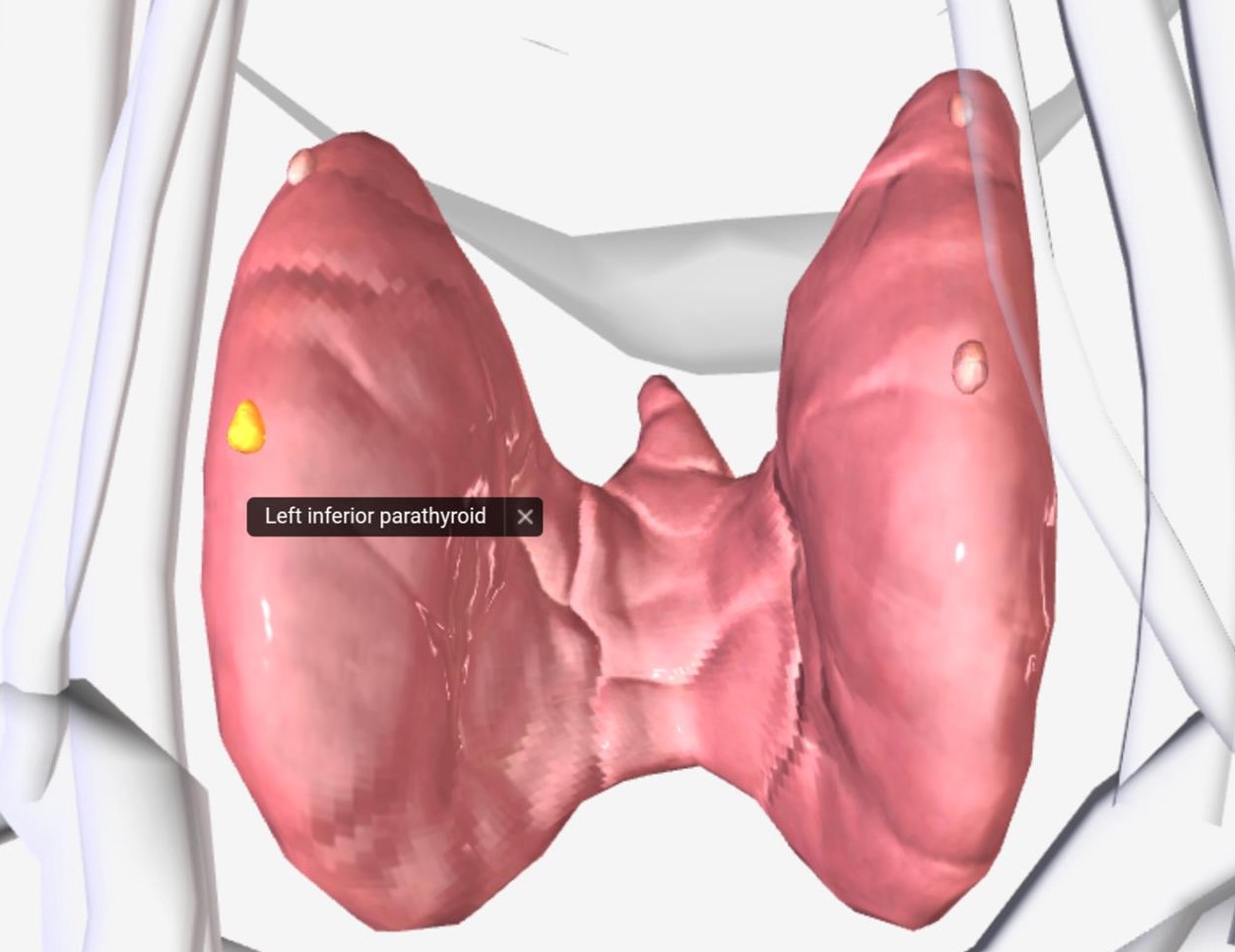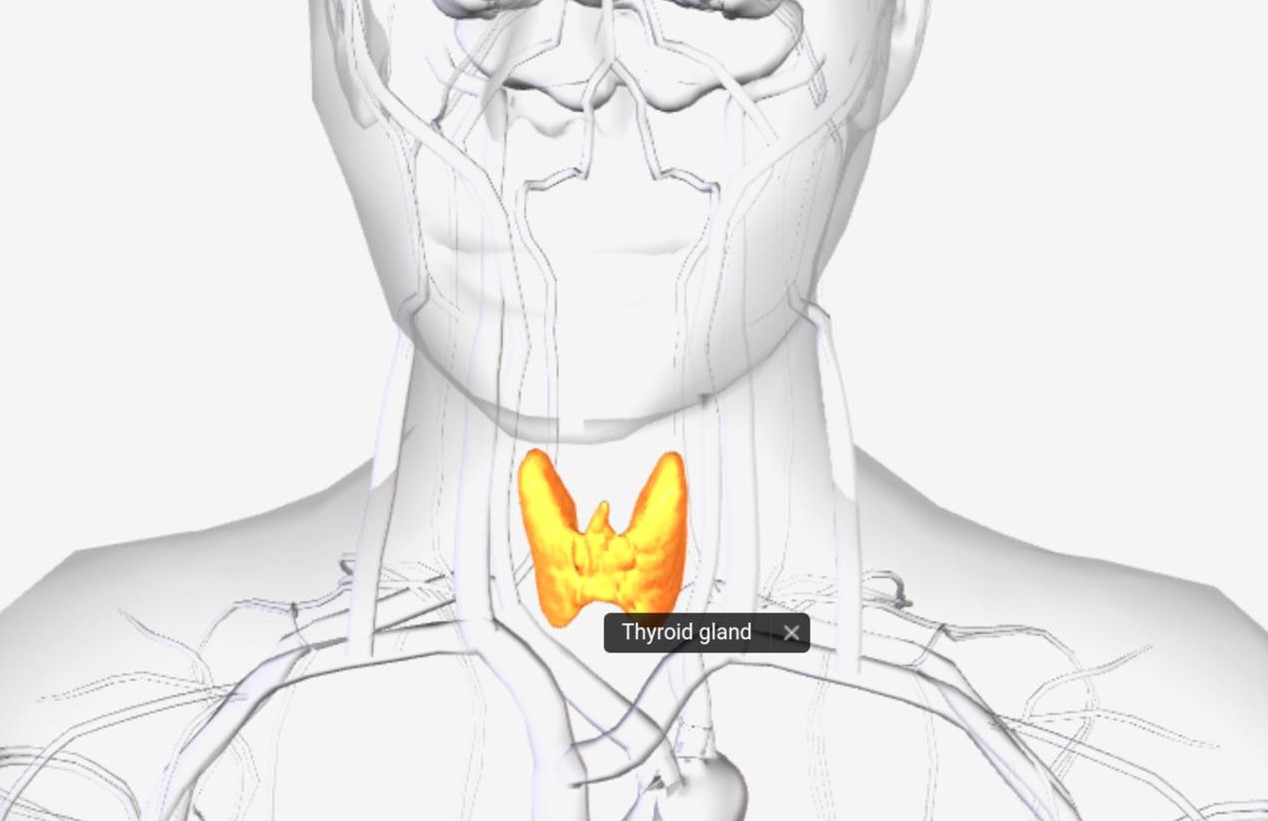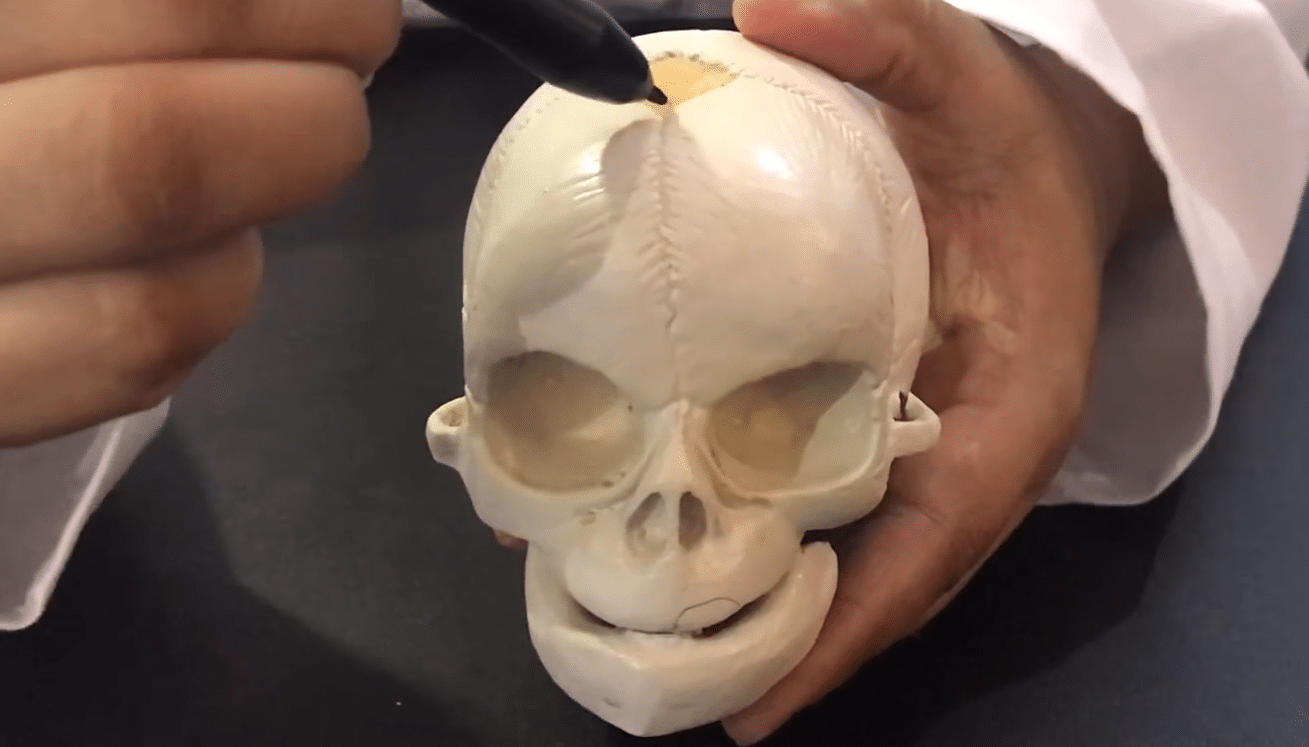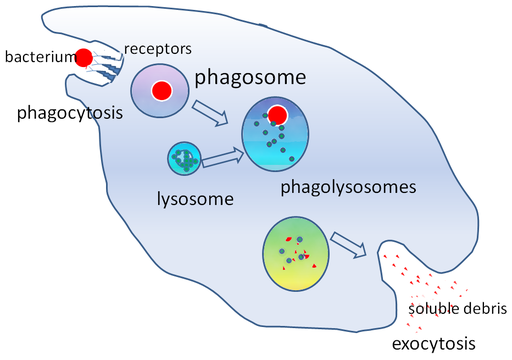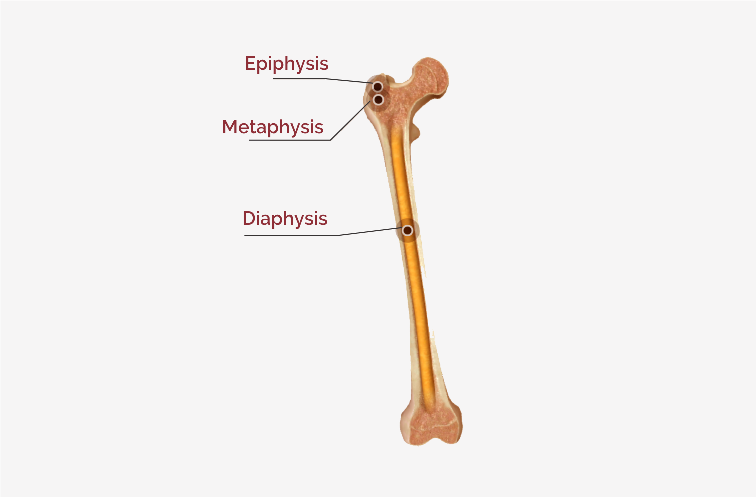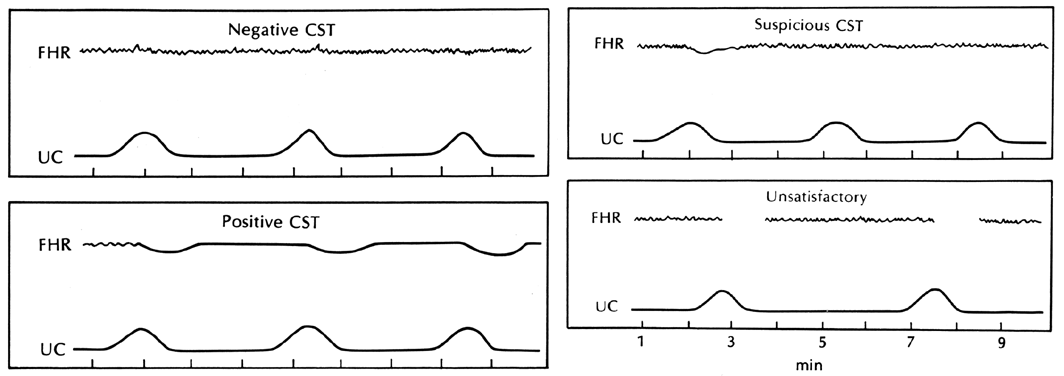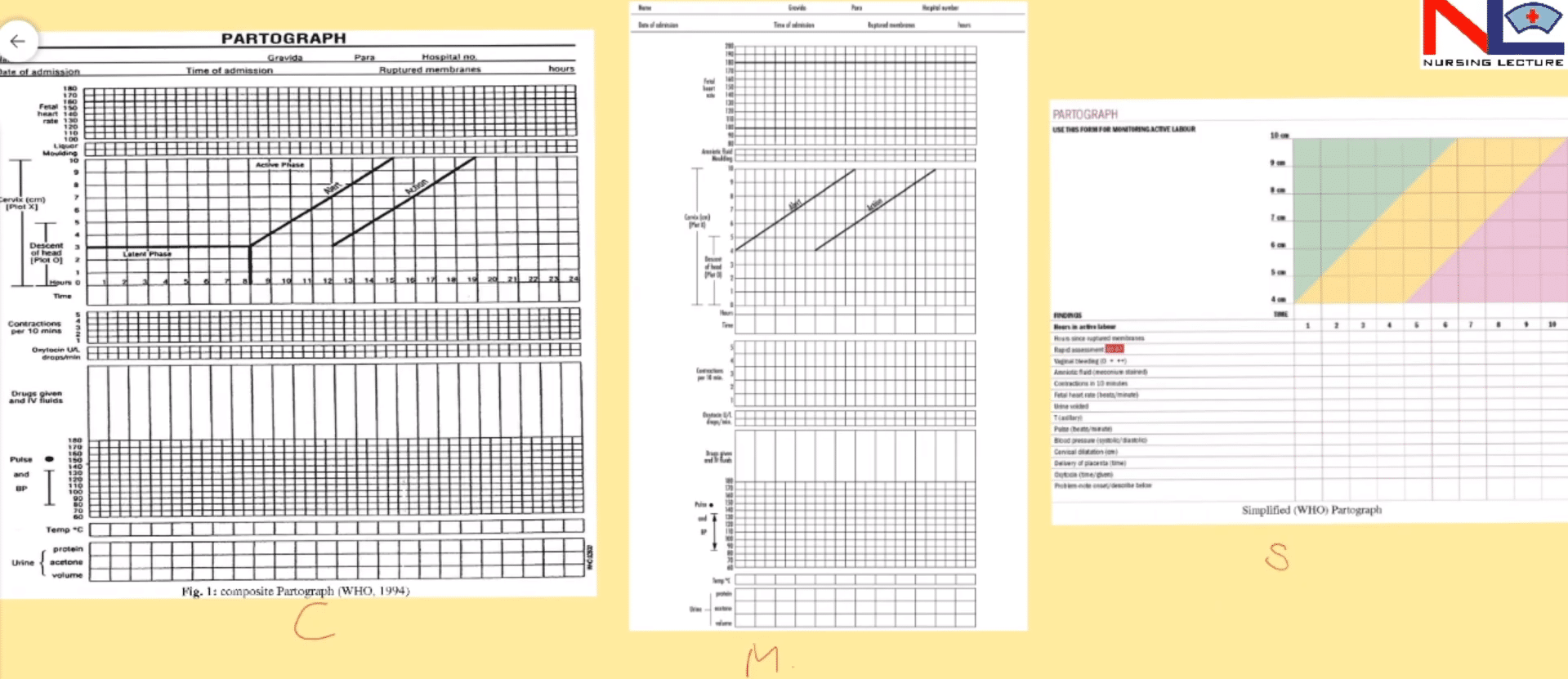Pineal Gland
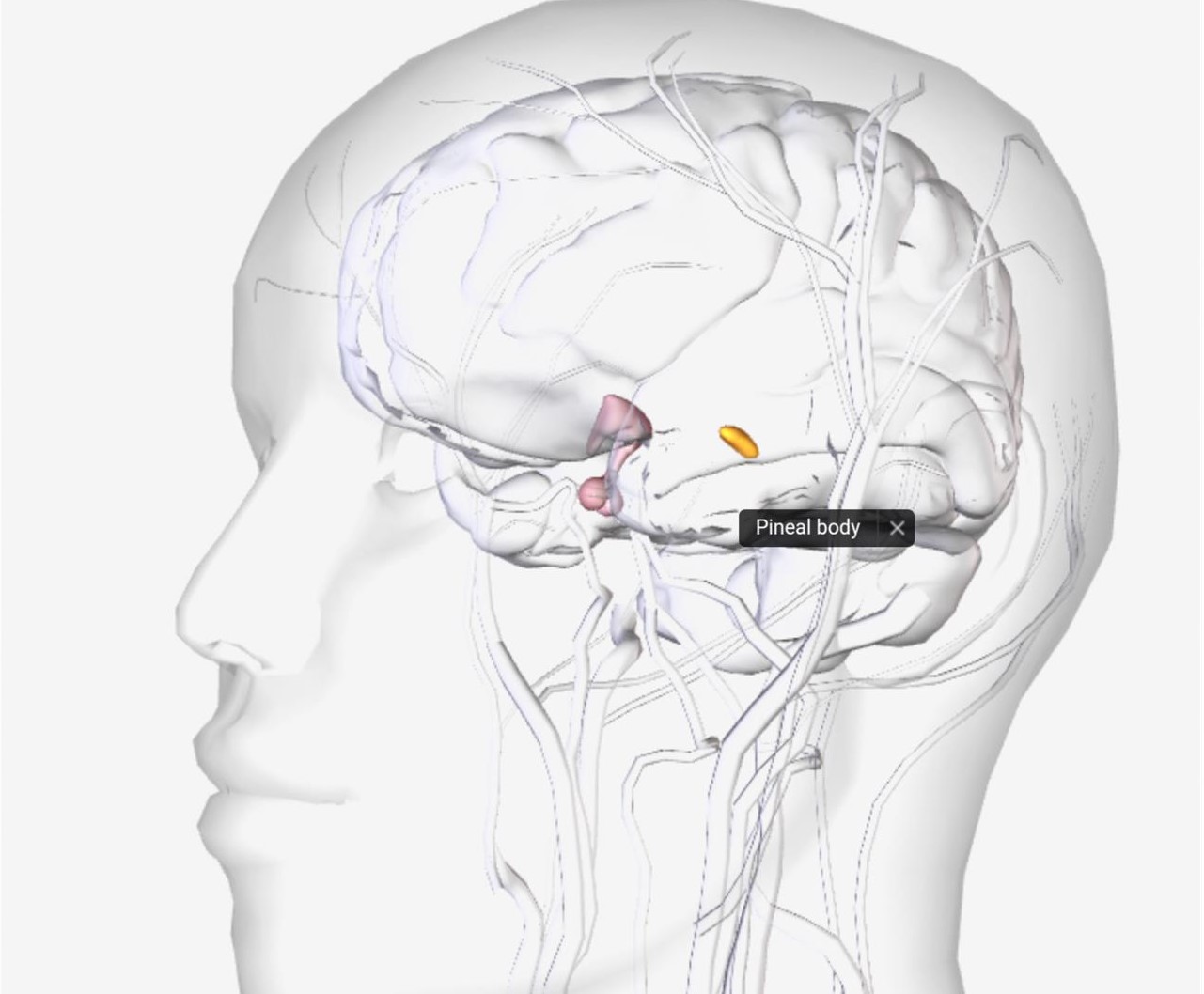
The pineal gland is a small endocrine gland shaped like a pine cone attached to the roof of the third ventricle of the brain at the midline in the epithalamus, it is positioned between the two hemispheres has a mass of 0.1–0.2 g, and is covered by a capsule of pia mater. The gland consists of secretory cells called pinealocyte.
• The pineal gland secretes melatonin, an amine hormone (water soluble) derived from serotonin. Melatonin helps in setting the body’s biological clock, which is controlled by the suprachiasmatic nucleus of the hypothalamus.
• Melatonin controls sleep patterns in both circadian and seasonal cycles (circadian rhythm is a 24 hour cycle in the physiological processes of living beings i.e you need not set clock for awakening and once light turn off you feel drowsy) and (seasonal cycles is length of day for breeders according to season like in spring, length of day is more as compared to winter).
• More melatonin is released during darkness, this promotes sleepiness. Low levels of melatonin release during the day.
• In response to visual input from the eyes, the suprachiasmatic nucleus, stimulate the pinealocytes of the pineal gland to secrete melatonin in a rhythmic pattern.

